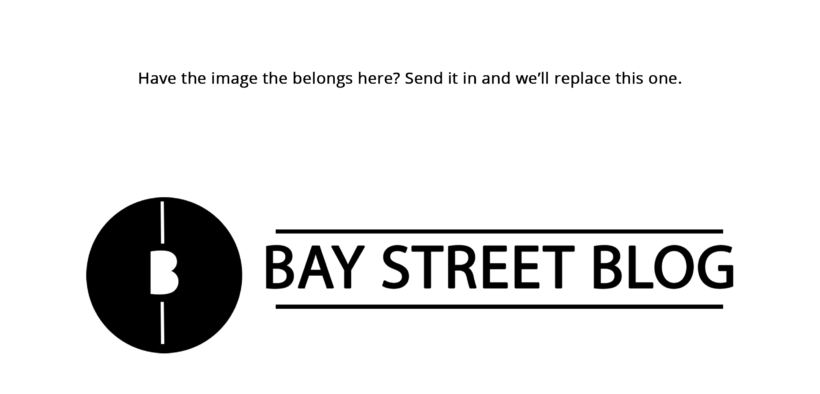How Do You Store Cryptocurrency?
Share

With cryptocurrency having become one of the hottest topics in investment over the last 18 months or so, it’s getting more important for people to have a grasp on how it works. We wrote in February about the differences between cryptocurrency and forex trading, and covered some of the things that make the cryptocurrency market particularly unique. Aside from how the market itself works however, one thing that a lot of would-be investors still don’t really understand is how this sort of asset is stored or held.
This might be because as one guide puts it, technically, bitcoin isn’t stored anywhere at all. In fact, bitcoin doesn’t really exist in a form that can be stored. Much of its appeal is that it is a wholly digital asset, which exists online (and on the blockchain). Thus, when you purchase a quantity of bitcoin, you aren’t actually buying any coins or other tangible assets. Instead, you’ll receive a public address (this is basically a representation of the bitcoin you purchased online) and a private key (your unique access code to that store of bitcoin). Practically speaking, you’re buying bitcoin; more literally speaking though, you’re buying exclusive access to it.
The private keys providing that access are actually fairly complicated in nature, and there’s a lot to learn about them if you just happen to be interested. But for all intents and purposes as regards the purchase and use of, say, bitcoin, a private key is just a number. You can think of it in effect as an automatically generated, complex password to your bitcoin public address – which in turn acts largely as a digital account. Given all of this, you can nail down the concept of storing bitcoin quite easily: you just hang on to the private key to your public address, and it’s the cryptocurrency equivalent of depositing cash to your bank account.
As to how you keep track of those private keys, you need only a cryptocurrency wallet. This, as you may know, is not a physical wallet (just as bitcoins are not actual coins), but rather a means of keeping private keys secure and accessible. These wallets come in three different forms:
A software wallet exists as a digital program, either online, on a desktop, or in the form of a mobile app (or as some combination of the three). These wallets come with varying degrees of security and make it easy to transfer currency. In several cases software wallets are also connected to exchanges where you can buy and sell cryptocurrency.
A hardware wallet is a small tool or device that stores private cryptocurrency keys offline. Most think of hardware wallets as USBs. They are not connected to the internet (which makes them more secure), but can be in a way that makes the data they store useful when a user needs to transfer wealth.
A paper wallet works much like a hardware wallet, but for the fact that it’s literally a slip of paper, rather than a device. This is not, as some mistakenly believe, a term given to a scrap upon which a user writes down a private key. Rather it’s something printed specially to store private keys until they’re needed (at which point a QR code on the paper wallet can be scanned).
Managing your own cryptocurrency is always a little bit different than you expect the first time, and it can take getting used to. Still, understanding storage is crucial if you’re considering an investment, and the above information can get you off on the right track.
You may also be interested in: Why Should You Trade in the Forex Market?
Writer: Andrea Ross
Disclaimer: All investing can potentially be risky. Investing or borrowing can lead into financial losses. All content on Bay Street Blog are solely for educational purposes. All other information are obtained from credible and authoritative references. Bay Street Blog is not responsible for any financial losses from the information provided. When investing or borrowing, always consult with an industry professional.






Bay Street Blog Newsletter
Click here to subscribe for a financial savvy experience.
Please check your email to confirm subscription!